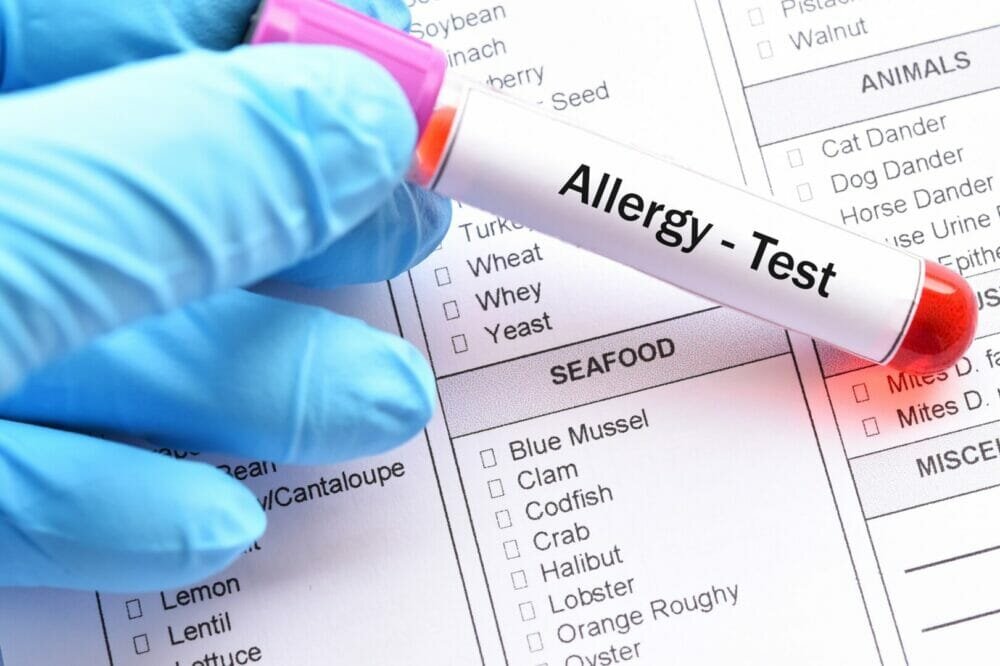Spokesperson: Jodie Curry, Commercial Manager, Fortress Technology
Recent events, particularly the Coronavirus pandemic, has heightened awareness on hygiene compliance and the need for people throughout the food supply chain to accept personal responsibility for maintaining equipment cleaning routines and sanitation protocols. Metal and X-Ray contaminant detection and check weighing specialist Fortress Technology outlines some simple ways to build compliance custodians that will embrace food safety from start-to-end on food processing lines, and the role that hygiene habits, equipment innovation and leadership support play.
Without effective cleaning and hygiene systems in place, inspection equipment could actually become a source of contamination. Chemicals used for cleaning can also contaminate food if not effectively flushed through.
Adhering to best hygiene practices is the single thing that food manufacturers cannot cut corners on. Across Europe, standards are already very high. However, the pressure since the global pandemic has changed the landscape for a number of food processors, with localised labour challenges and supply chain disruptions further complicating mandatory audits.
The pandemic reinforced the importance of food processors conveying confidence and having robust and proactive HACCP, GFSI/SQF, BRC and hygiene protocols in place. The challenge now is making sure that these remain aligned to evolving colleague and consumer health, safety and wellbeing expectations.
Although price remains king when it comes to food purchasing drivers, safety has now emerged as an equally critical consideration. A report by Deloitte – The Future of Fresh– summarises this well, citing food safety as having multiple dimensions. Among the factors listed in this report is safety for self, others, and the workers who produce food, as well as safety in terms of packaging, to prevent contamination.
Calming allergen fears
Today, more than 150 million Europeans suffer from chronic allergic diseases, with predictions that by 2025, half of the entire EU population will be affected. Many more also report hypersensitivity to specific ingredients. For example; one in 100 Europeans are affected by coeliac disease, although only a third have an official clinical diagnosis for the condition.
For food safety reasons, all food and beverage manufacturers have a responsibility to identify allergens that are contained in their products. This responsibility extends to isolating them from other non-allergen products processed in the same facility. However, problems may still occur on the supplier side, especially when sourcing from multiple or multi-function sites.
As one example, dairy-free products are still often produced at sites that make dairy products. Some might not have dedicated dairy-free machinery and zones. Although thorough clean downs are used to flush away residual dairy products, this method cannot be relied upon as being totally fool-proof.


Planning production schedules to isolate products containing allergens is a common tactic in manufacturing facilities where a dedicated line cannot be allocated. The storage of ingredients should also be separated. Gluten in particular has become a major source of concern, with many sites introducing segregated gluten-free stations and changes of work clothes for operatives.
Following a number of high profile incidents, allergen labelling has inevitably got stricter. New UK legislation came into force on 1 October 2021. Known as ‘Natasha’s Law’, businesses are now required to label all food that is pre-packed for direct sale (known as PPDS) with a full list of ingredients and the 14 allergens emphasised in bold.
Customers that invest in a Fortress or Sparc Systems x-ray and metal detector conveyor, checkweighing or combination inspection machine may benefit from integrating an advanced label verification system. As well as actively inspecting for allergen ID codes, these label systems also check product descriptions, bar codes, lot numbers and date codes. Checking for errors on the top, bottom, lid or pot of packaging, mis-labelled products are automatically pushed into a rejection bin, safeguarding against potentially business critical events and product recalls.
Making processes habit forming
It’s human nature. People like things to be streamlined, efficient, faster and better. Yet, taking hasty shortcuts, particularly with hygiene and consumer food safety is a risky strategy. Being careless with compliance can become a catalyst for more shortcuts. It’s not a cycle any food business would or should encourage. Especially given that many a shortcut results in a bigger problem that takes longer to correct.
Despite high levels of automation, food processing plants continue to have numerous manual touchpoints. Cleaning manufacturing and inspection processing machinery being one. For this reason, Fortress has concentrated its efforts on developing smarter designs to enhance hygiene and safety measures.
This includes eliminating the use of tools on the company’s newest range of food inspection systems. The conveyor quickly and easily lifts off the frame and can be disassembled just as quickly to facilitate deeper and faster cleaning by trained operatives. Improving line efficiencies, the belt tension and alignment are instantly restored when reassembled after maintenance and cleaning.
Routine risk assessments and audits help to control the introduction of foreign material into products. External eyes provide a different perspective. Many internationally recognised audits follow set standards and provide a complete 360-degree review. A number of these information gathering audits remain hybrid, blending in-person and virtual observations. Digital evidence of all actions, from maintenance and testing of machinery to documenting hygiene checks is integral to the success of these hybrid certification models. It requires a shift in culture, where everyone up and down the hierarchy is encouraged to be hygiene-conscious food safety champions.
Optimising cleaning efficacy
To ensure this happens, sanitation protocols should be formalised and included in staff training. Every cleaning process needs to be verified and documented. As part of a validation process, regular tests, including swabs of Critical Control Points, should be scheduled to ensure these CCP areas are hygienic and allergen-free.
For in-process contaminant inspection equipment, look for smooth, crevice-free contact surfaces on conveyor, pipeline and gravity systems. This is partly to ensure that no traces of product, allergens or bacteria are left, but also to reduce the risk of cleaning agents not being fully rinsed away.
When selecting an inspection system, care should be taken to identify equipment with an ingress protection (IP) rating appropriate to the washdown regime and water pressure being applied.
Product residues, including allergens, can be especially troublesome in metal detection and x-ray pipeline systems processing liquids, semi-liquids and slurries. Special attention should be paid to the speed that reject units can be removed, cleaned and reassembled. Ideally, this will be easy to roll out, dismantle and clean working parts before securely reattaching to pumps.
It’s why the Fortress Pump Pipeline Metal Detector now features ultra-hygienic, food-safe Delrin removable plastic tubes. Intentionally constructed with no metal ends helps to ensure a pipe is completely clear of bacteria-harbouring crevices. Another thing to look out for are Clean in Place modes on equipment.

Rather than using unhygienic stickers and labels, all safety symbols, industry-approved markings and the machine nameplate are laser-etched directly onto every Fortress X-Ray, metal detector and checkweigher steel cabinet.
Food processors might also consider the advantage of being able to manoeuvre machines around the plant. If a machine isn’t fixed to ceilings or frame it is inherently easier and quicker to deep clean. From a flexibility perspective, it also enables easy reconfiguration on upstream processing lines. With all moveable machinery, do check to see if they are balanced systems, as this mitigates the risk of the machine tipping over when being relocated. For facilities with sloped floors, adjustable casters enable easy correction of pipe angles, for example.
Ergonomic features can also enhance workforce safety. For example, an extension pipe on the reject output helps to prevent injury during sanitation and maintenance, and electric-powered height adjustment controls can mitigate back injuries.
Changing the food safety narrative
Listening to different perspectives and mapping out hygiene protocols collaboratively rather than reverting to hierarchies is the best way forward to create the safest food processing ecosystem.
Ultimately, good housekeeping is common sense. Most food processors are strong custodians of hygiene and safety practices. However, given the numerous critical control points in a manufacturing facility, Fortress would always advise routinely and systematically revisiting potential hygiene hazards as part of a regular risk assessment and food safety program.








